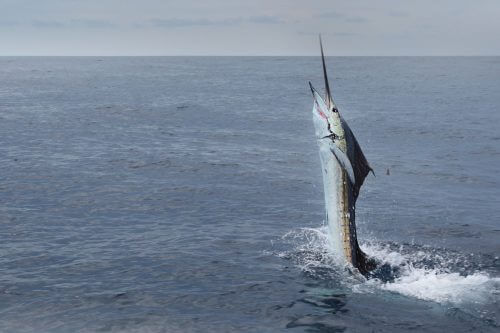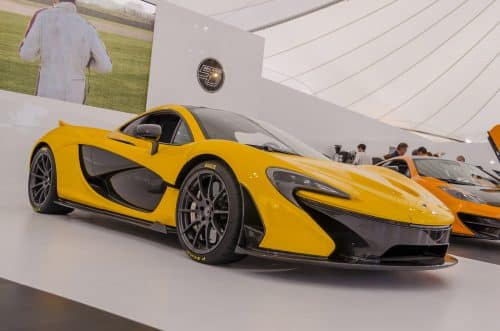The unique characteristics of the sailfish helped in the innovative and more efficient design of a McLaren luxury car

By: Adi Weiss
The curiosity of Frank Stephenson (Frank Stephenson), the design director of the McLaren Automotive company, was awakened when he heard the local stories about the tremendous speed of the sailfish somewhere in 2014, while on vacation in the Caribbean. The chance meeting led him to his boss with an innovative idea, which found its way to the desk of the engineers of the luxury car company. The result? "Super car" with a smart design.
McLaren Automotive specializes in the production of cars for a wide range of uses, the development of which is done by combining teams that work in the fields of biology, art and engineering. Investigating the fish's body structure led them to discover the "tricks" that helped the fish earn the title of "the fastest fish in the ocean".
The sailfish is common in temperate oceans all over the world, it moves in groups and catches fish, squids and octopuses using extremely short and fast swimming bursts. Its maximum speed is estimated at 110 km/h - a record that leaves even the cheetahs behind. Its name comes from its impressive dorsal fin, which stretches along almost its entire body.
The McLaren Automotive development team set to work trying to understand the source of the fish's efficient motion. Studies have shown that the scales of the sailfish cause small eddies around its body when swimming, thanks to which a kind of air envelope is formed around it. Air, being less dense than water, allows the fish to move easily.

The structure of the scales was integrated into the ducts leading air to the engine. By doing so, McLaren Automotive engineers were able to increase the volume of air for cooling the engine. Since the hybrid engine of these cars requires a lot of air for combustion and cooling, any increase in the amount of air improves the car's efficiency.
The car also "received" the shape of the small bumps at the base of the fish's tail, which allow it to overcome air and water pockets that are created during swimming and slow down its progress. This application improved the aerodynamic structure of the car.
In recent years, various developments have emerged in the field of transportation that drew inspiration from nature; The development of a "bionic car" that is more resistant to collisions and more fuel efficient by Mercedes-Benz was similarly inspired by the Copsinon fish; In Japan, the Nissan company developed a robot that inspired the design of a smart brake system and a collision warning system inspired by underwater creatures.
The combination between the desire for technological innovation in vehicles and the search for solutions that already exist in various creatures in nature gives rise to interesting inventions. Like the sail - various marine animals bring with them a spirit of originality to the sails of car manufacturing companies.
